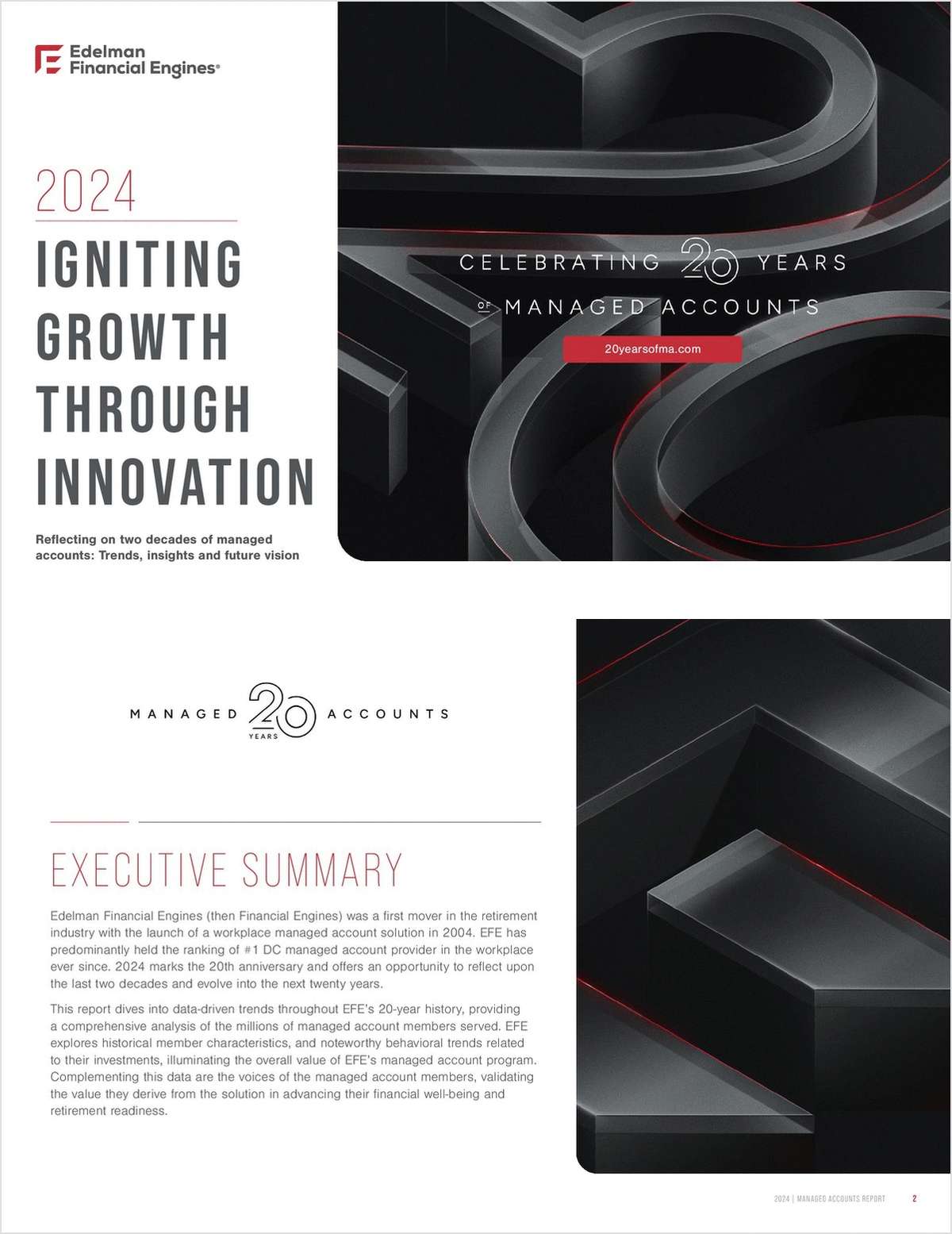Fifty-seven percent of employers test all job candidates for drugs, with only 29 percent forgoing drug tests on any job candidates, according to a poll released by the Society for Human Resource Management and the Drug & Alcohol Testing Industry Association.
Of the respondents who use drug tests, 69 percent have done so for at least seven years, and 12 percent have relied on them for five to six years.
"Among the organizations using these testing programs, the tendency is to continue the use of them over relatively long periods of time," says Mark Schmit, director of research at SHRM. "In addition, organizations are reporting positive impacts related to drug and alcohol testing that supports the efficacy of these programs."
Continue Reading for Free
Register and gain access to:
- Breaking benefits news and analysis, on-site and via our newsletters and custom alerts
- Educational webcasts, white papers, and ebooks from industry thought leaders
- Critical converage of the property casualty insurance and financial advisory markets on our other ALM sites, PropertyCasualty360 and ThinkAdvisor
Already have an account? Sign In Now
© 2024 ALM Global, LLC, All Rights Reserved. Request academic re-use from www.copyright.com. All other uses, submit a request to [email protected]. For more information visit Asset & Logo Licensing.








